Hubble surprises by discovering two quasars in a super distant galaxy
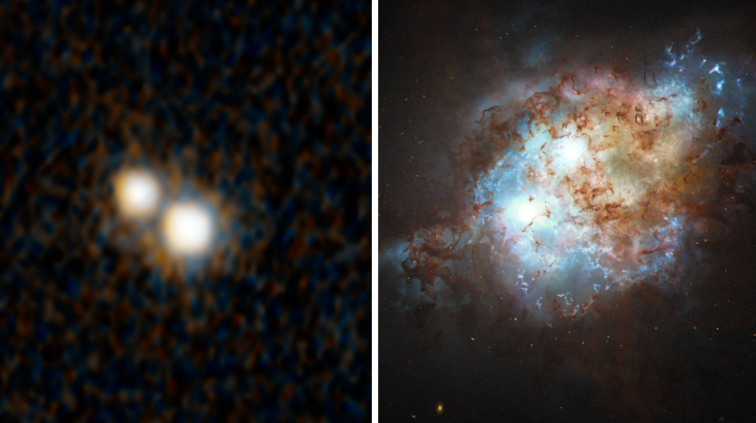
The early universe was a busy place where galaxies collided and merged with each other. Astronomers have made a rare discovery by finding a pair of gravitationally bound quasars inside two merging galaxies, when the universe was just 3 billion years old. Quasars are bright objects powered by voracious supermassive black holes that spew ferocious sources of energy. Finding close binary quasars is a new area of research that has emerged in the last 10 to 15 years. Evidence shows that large galaxies form through mergers, and pairs of supermassive black holes should form during this process.
Powerful new observatories have allowed astronomers to identify cases where two quasars are active at the same time and close enough to merge. This was a finding that required the combined power of several ground-based and space-based observatories, including NASA’s Hubble Space Telescope and ESA’s Gaia space observatory. Quasars do not move through space in a measurable way, so their jerkiness could be evidence of random fluctuations of light as each member of the quasar pair varies in brightness.
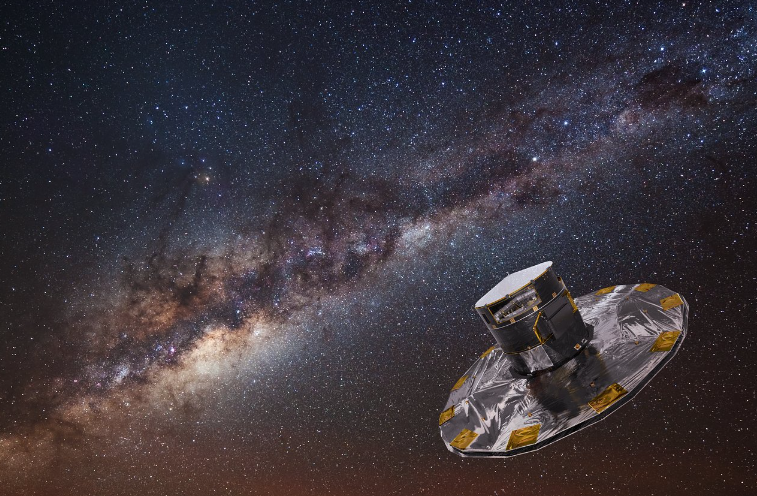
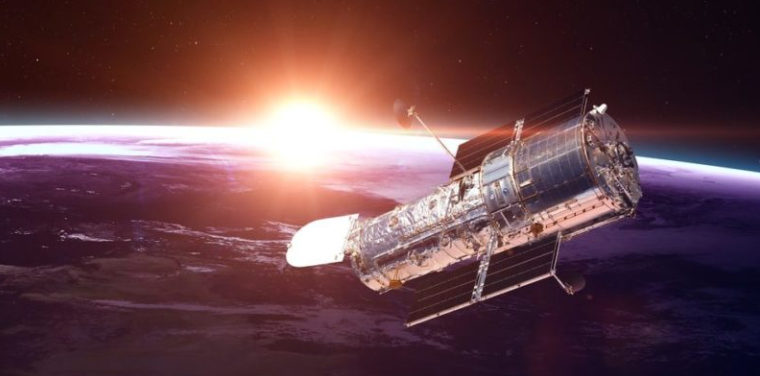
To better understand this finding, an analogy can be used of a party where there are two people on the dance floor who seem to be moving in sync. It is possible that they are dancing together, but it is also possible that they are simply following the same song. Just like at the party, the twin quasars may appear to be merging, but are really just dancing to the same beat, however, with the combined power of several observatories, astronomers can be sure that these quasars are gravitationally bound and that their host galaxies are merging
Overall, this finding provides valuable information about the parent population of supermassive black holes and may help astronomers better understand the appearance of black holes in the early universe and how frequent supermassive black hole mergers might be. And while the early universe may have been a noisy and chaotic place, the discovery of these twin quasars is an example of how celestial objects can come together in a cosmic dance.
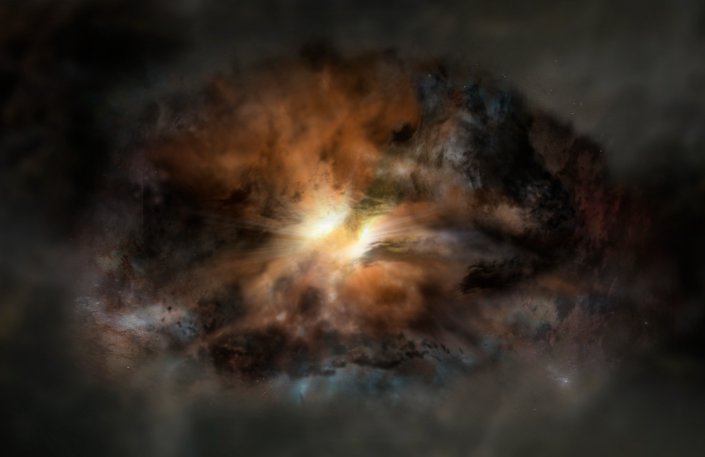
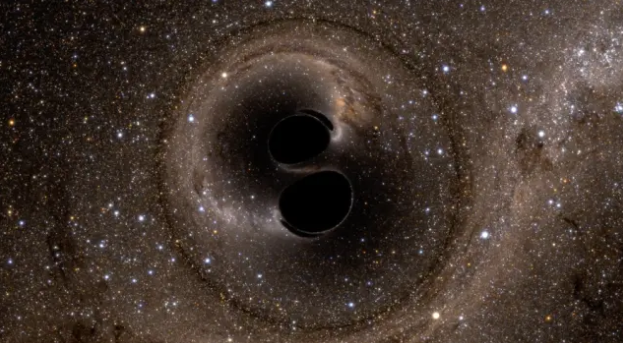
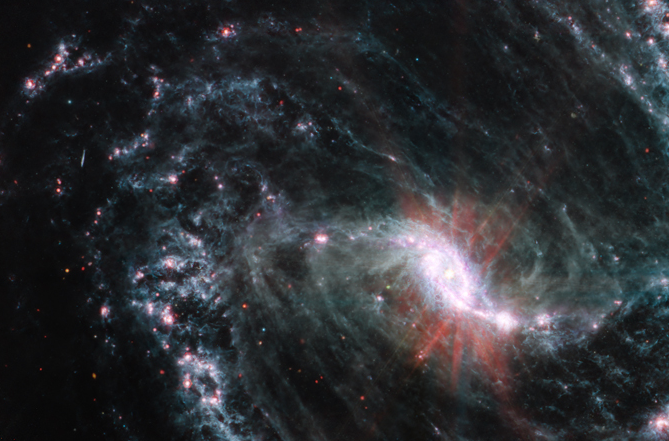
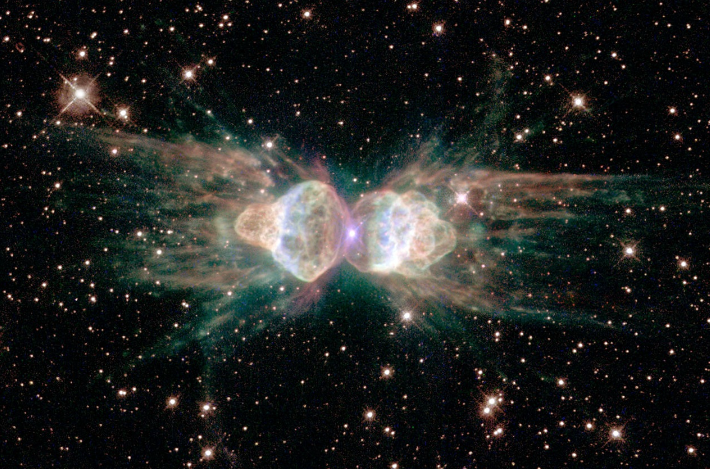
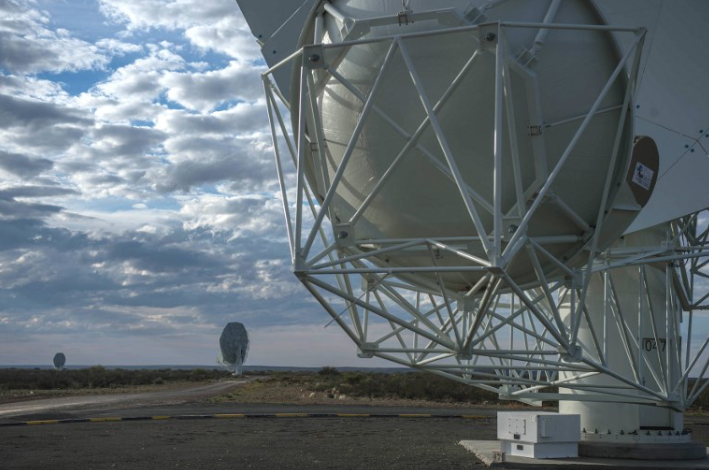
Responses